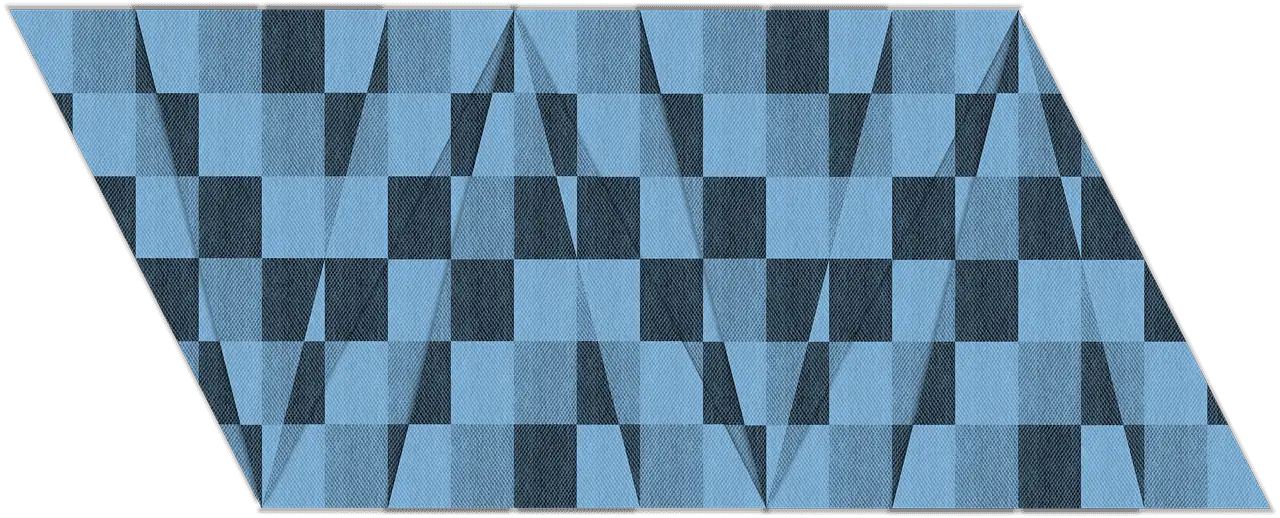Rectangles and parallelograms are both quadrilaterals and two-dimensional shapes. Rectangles are a particular type of parallelogram.
What makes the rectangle different from the parallelogram, even if it is a subtype?
The area of the quadrilaterals can be calculated by the formula (base)x(height). But an interesting fact is that the area can also be calculated.
Key Takeaways
- Rectangles are a parallelogram with four right angles, characterized by their straight, parallel sides and equal opposite angles.
- Parallelograms are quadrilaterals with two pairs of parallel sides, including various shapes, such as rectangles, rhombuses, and squares.
- The main difference between rectangles and parallelograms is that rectangles are a specific category of parallelograms characterized by their four right angles. In contrast, parallelograms encompass a broader range of shapes with parallel sides.
Rectangle vs. Parallelogram
A rectangle is a quadrilateral with four right angles, and opposite sides equal in length. It can also be defined as a parallelogram with four right angles. A parallelogram is a quadrilateral with opposite sides that are parallel and equal in length. The opposite angles of a parallelogram are also equal.

Rectangles are quadrilaterals that have four sides and the opposite sides being equal. All four internal angles are equal and supplementary to each other i.e. 90 degrees.
With the Pythagoras theorem, we can calculate the sides of the rectangles. Examples of rectangular shapes are table tops, book covers, and laptops.
Parallelograms are also quadrilaterals that have four sides, and with opposite sides are equal. The opposite sides are parallel to each other and thus the name.
The opposite internal angles are equal, and the adjacent internal angles are supplementary.
Comparison Table
| Parameters of Comparison | Rectangle | Parallelogram |
|---|---|---|
| Angles | All the angles are equal to 90 degrees. | Opposite internal angles are equal, and the adjacent angles are supplementary. |
| Length of diagonal | The lengths of the diagonal are equal | The diagonals differ in their length |
| Angle of intersection | The diagonals intersect at a right angle | The diagonals intersect such that the adjacent angles formed are supplementary. |
| Symmetry | Has rotational and reflectional symmetry | Has an only rotational degree of order 2 |
| Diagonal bisection | The diagonals bisect to form right-angled triangles | The diagonals bisect to form isosceles triangles |
What is a Rectangle?
Rectangles are special species of parallelogram. Like a parallelogram, rectangles also have equal and parallel opposite sides.
They have equal opposite internal angles and adjacent angles as supplementary.
Rectangles are differentiated from parallelograms because all the internal angles of a rectangle are equal to 90 degrees. The diagonals are equal and even intersect each other at the midpoint forming right-angle triangles.
The sides of a rectangle can be calculated if the values of the diagonals are known. This can be done according to the Pythagoras theorem since the triangles formed at the intersection of the diagonals are right-angled.
Common examples of rectangles are books, cupboards, etc.

What is Parallelogram?
Parallelograms are the quadrilaterals that have an order of symmetry as 2. They are called parallelograms because the opposite sides of these quadrilaterals are parallel, as in the case of a rectangle.
The opposite internal angles of a parallelogram are equal, and the adjacent angles are supplementary, i.e., the sum of the adjacent angles should equal 180 degrees. When the angles of the parallelogram equal 90 degrees, it forms a rectangle.
The diagonals of a parallelogram are not equal but bisect each other at the midpoints. The area of intersection forms an isosceles triangle.
The parallelograms follow the parallelogram law that states that the sum of the squares of the sides is equal to the sum of the squares of their diagonals. This law can be applied to calculate the sides of a parallelogram.
India’s favorite sweet kaju katli is an example of a parallelogram.

Main Differences Between Rectangle and Parallelogram
- The main difference between a rectangle and a parallelogram that makes a rectangle a special case of the parallelogram is that all the angles of a rectangle are equal to 90 degrees. This is not the case in a parallelogram because the adjacent angles are only supplementary.
- Even though the diagonals intersect at the midpoint, the diagonals of a rectangle are equal, but that is not true in the case of a parallelogram.
- The angle of intersection of the diagonals in the case of a rectangle is 90 degrees. But this is not necessary in the case of a parallelogram. The adjacent angles formed on the intersection are seen to be supplementary.
- The symmetry for both two-dimensional structures is different. This is because the symmetry of a rectangle can be taken from its vertices and sides. This means a rectangle has rotational and reflective symmetry, unlike a parallelogram, which only has rotational symmetry.
- Since the diagonals of a rectangle bisect each other at a right angle, the area formed by the intersection is a right-angled triangle. In the case of a parallelogram, the area formed under the intersection of the diagonals is an isosceles triangle.






